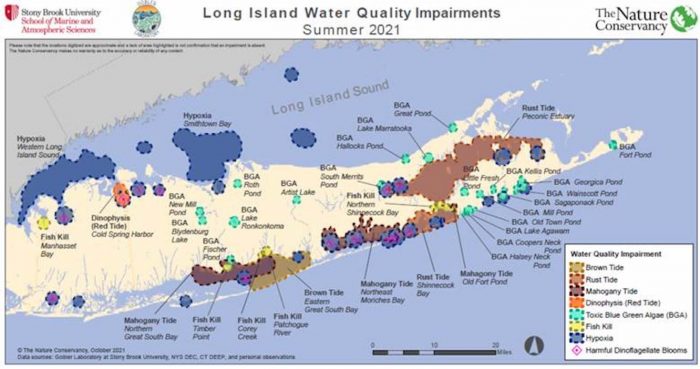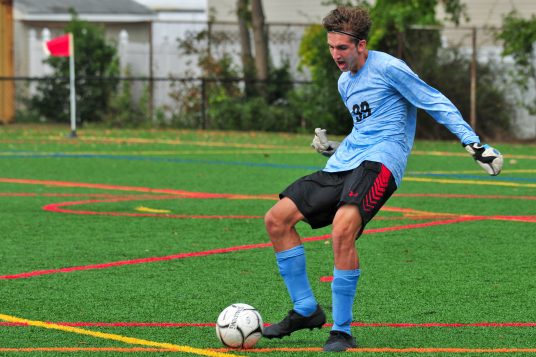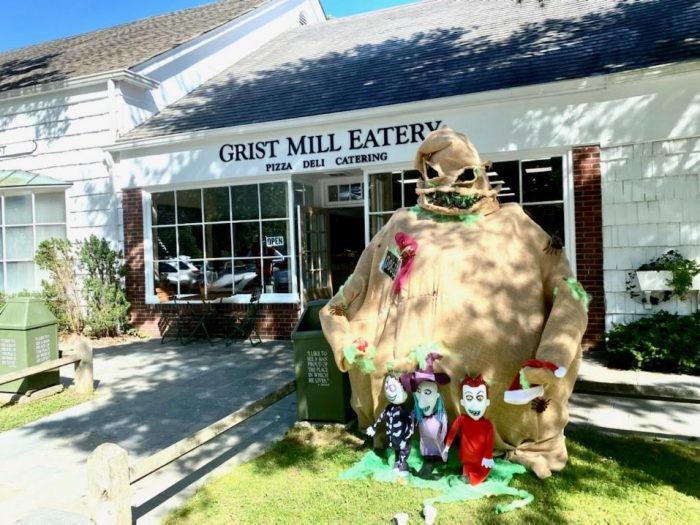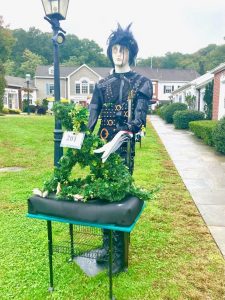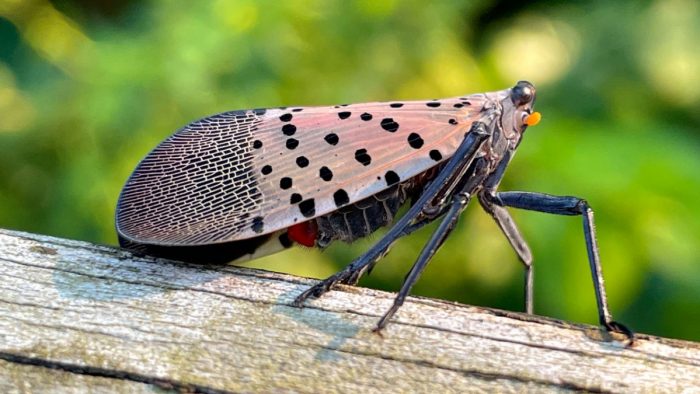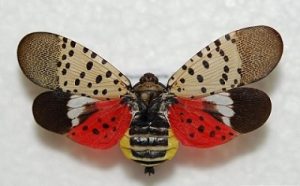By Leah S. Dunaief

Who typically thinks about inflation?
Inflation is one of those words that cuts both ways. Low inflation is considered a desirable thing by borrowers and the Federal Reserve. A lot of inflation can be a disaster for the financial markets and for everyone’s pocketbook.
Those who deal with money and work in finance keep an eye on inflation. After all, inflation refers to a general increase in the price of goods and services in the economy over time that corresponds with a decrease in what you can buy with the same amount of money. And if your money is going to be devalued, best keep that eye.
Years ago, I learned a simple definition for inflation: too many dollars chasing too few goods. Because of disruptions in the supply of goods, demand has currently outstripped supply. You can tell that from some of the empty shelves at the stores. Consequently, when products or services are scarce, we pay more for what we can still get.
When that happens suddenly, we all pay attention to inflation. Pull up at the gas pump and fill your tank. What do you know? The price for the exact same gas that you used last month has gone up. Go into a restaurant and order your favorite dish. It now costs a little more. The proprietor has no choice but to charge more because he or she had to pay more for the ingredients, due to disruption in delivery. That’s inflation. The government tracks inflation with the Consumer Price Index, or CPI. They leave gas and food out of the Core Index because those tend to be more volatile from one month to the next. But we can’t leave them out. We have to pay for them.
So how are we doing with inflation now?
Initially, rising prices were thought of as transitory, the result of pent-up demand that was suddenly released with the drop in COVID cases and the increase in vaccinations, that would even itself out before long. But prices of goods and services are still up while supply continues to be disrupted. Additionally, people have had more money to spend on those goods and services as a result of the billions in government aid.
As of this week, the CPI was up 5.4%. That’s how much prices have increased in a year. This is well above the Fed’s targeted rate of two percent, but so far there seems little interest on their part to raise rates and slow inflation. Social security checks, which are intended to keep pace with inflation, will be up 5.9% next year, the most in four decades. When rates are raised, it costs more money to borrow, whether for business expansion or mortgages, and that works to slow down inflation and growth. It seems the Fed still believes present inflation will diminish when current disruptions fade. President Joe Biden (D) has announced plans to keep ports open 24/7 to try and ameliorate the supply delays. But trucks and truckers are also insufficient.
There are other, less obvious signs of inflation. I attended the New York Press Conference two weeks ago and stayed for three nights at a hotel in the center of Troy. For the same room rate, we had no room service, no one cleaned the bathroom or made the beds. Clean towels were left in a bag outside our door. Breakfast was included, but there was only coffee, some wrapped Danish and small containers of yogurt. When we asked for bread, we were told there had been no delivery for many days. So in essence, we were paying the same money but getting less, like the old trick of getting candy for the usual price but in a smaller box. That’s inflation, too.
What actions should we take?
We probably should do our holiday shopping now, while some of the gifts we want are still available and at current prices. We might want to nail down a mortgage rate soon if we are in the market. As for our investments, who ever knows?

















